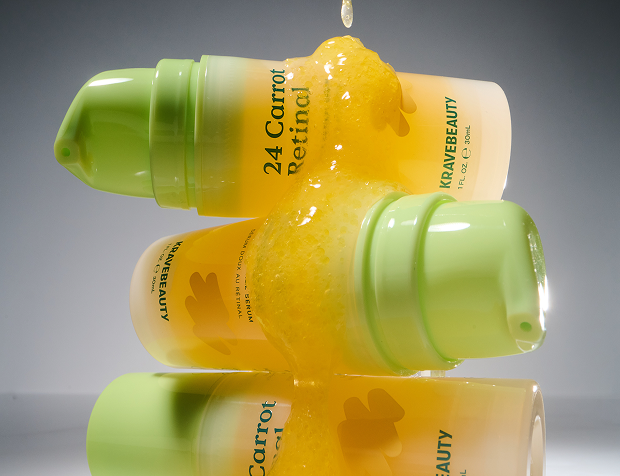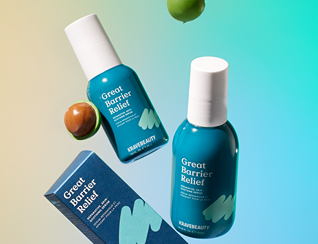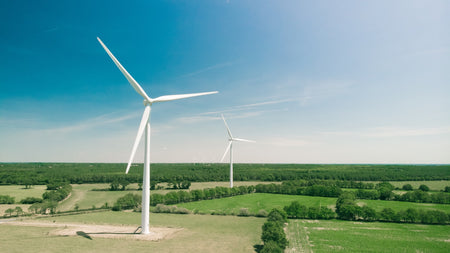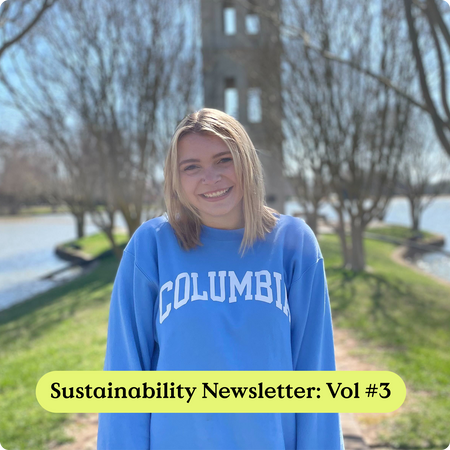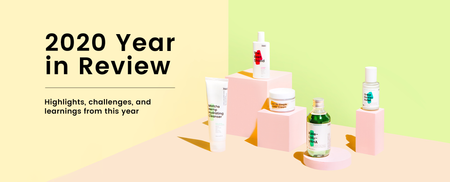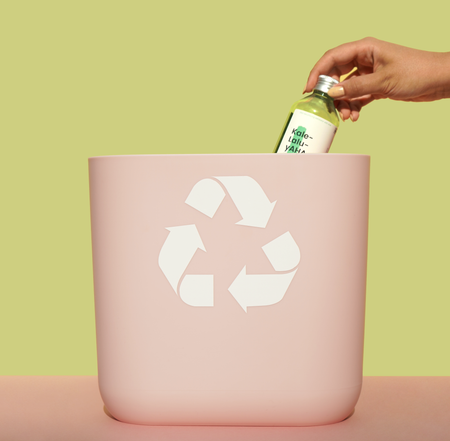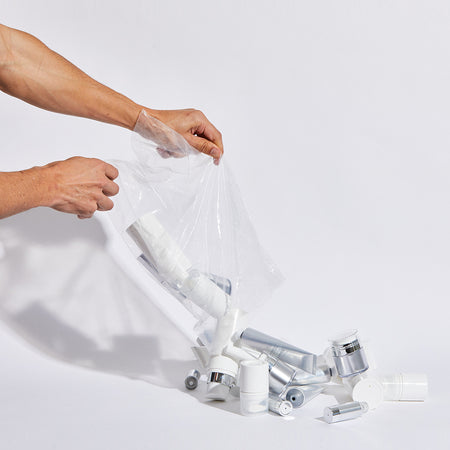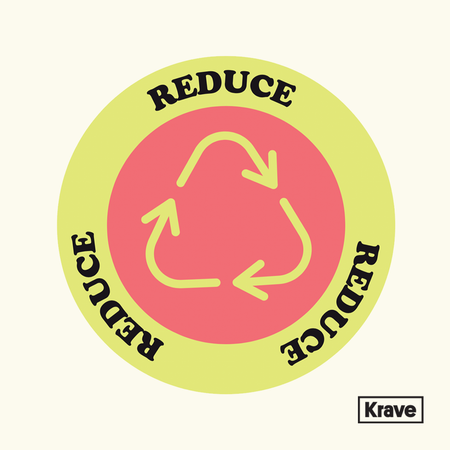Sustainability Newsletter: Vol. 3

The Nuance with Decision Making Around Sustainability
Before joining KraveBeauty, I had a simple understanding of how a business runs and an idealistic perspective that sustainable changes are easy to implement.
It’s hard for customers to know the behind-the-scenes discussions happening with sustainability choices. Because of this, I think we (myself included) think that, because a brand did not implement a sustainable option, the brand does not prioritize sustainability. What I’ve learned is that this is not always the case.
In today’s letter, I want to give you a look into some of the decisions we discuss at KraveBeauty surrounding sustainability, specifically with packaging. I hope that these examples show the reality of sustainability management in a business. I also hope they demonstrate, yet again, that no one, whether that be an individual or a business, can be perfect on their sustainability journey.
Decisions with Packaging
Why do you use plastic instead of glass?
We have been asked this question time and time again, and we understand why! Glass packaging can be a really great and more sustainable option for packaging, especially with beauty products. But this conversation is much more nuanced than that.
Glass is sturdier and if reused, has a lower carbon footprint. It can also be (almost) endlessly recycled. Although, it is important to note that while it can be recycled, that does not mean it always is.
The usage of the glass container should also be taken into consideration. Studies show that a single-use glass container (meaning you use it and throw it away or recycle it) actually is the most impactful packaging option in a comparison of glass, aluminum, and plastic. Glass is also much heavier than plastic, requires more materials, and is more energy-intensive.
Plastic is lighter, less energy intensive to produce, and can be highly recyclable. Plastic can also be more durable, especially in comparison to glass, which can break easily. However, plastic has its own share of impacts, including being petroleum-based, losing value as it’s recycled, and breaking down into harmful microplastics.
For us, the decision to use glass vs. plastic comes down to transportation and safety. Since we manufacture in South Korea and sell globally, plastic packaging allows us to decrease the weight significantly and therefore also decrease our carbon footprint significantly. Additionally, plastic packaging does a good job at protecting and preserving the product, which is very important with beauty formulas.
Just to note, while we are using plastic, we also have set goals to use less, incorporate more recycled plastic, and increase recyclability.
What about other sustainable packaging alternatives?
With many brands moving away from traditional plastic packaging and towards innovative options, we definitely are considering what alternatives exist and their potential. As the Sustainability Associate, I would love to find the most sustainable option and immediately switch to that. But this is not solely my decision. Besides environmental impact, we have to consider so many other factors with packaging decisions, including stability of the formula, recyclability, and durability.
There are so many amazing alternatives out there–paper tubes, bio-tech plastics, plant-based plastics. We have considered these and likely will continue to discuss them. While a bio-based packaging option sounds great, we have to consider many things:
Will it be compatible with our formula? What will happen to it with its end-of-life? What other environmental impacts might this product have? What will be better–something that is more recyclable or something that has a lower product to packaging ratio?
Rarely is there a clear-cut answer.
These are just a few examples of the decisions we make at KraveBeauty, but I hope this gives you a look into the nuanced and often complex world of sustainability management.
As always, let us know any topics you want to see discussed and stay tuned for my next letter!
— Nataley
